China's Rise
Now second only to the NBA, the Chinese Basketball Association is on a stratospheric rise. Canadian writer Nick Bedard documents the rungs on their lengthy ladder to the top.
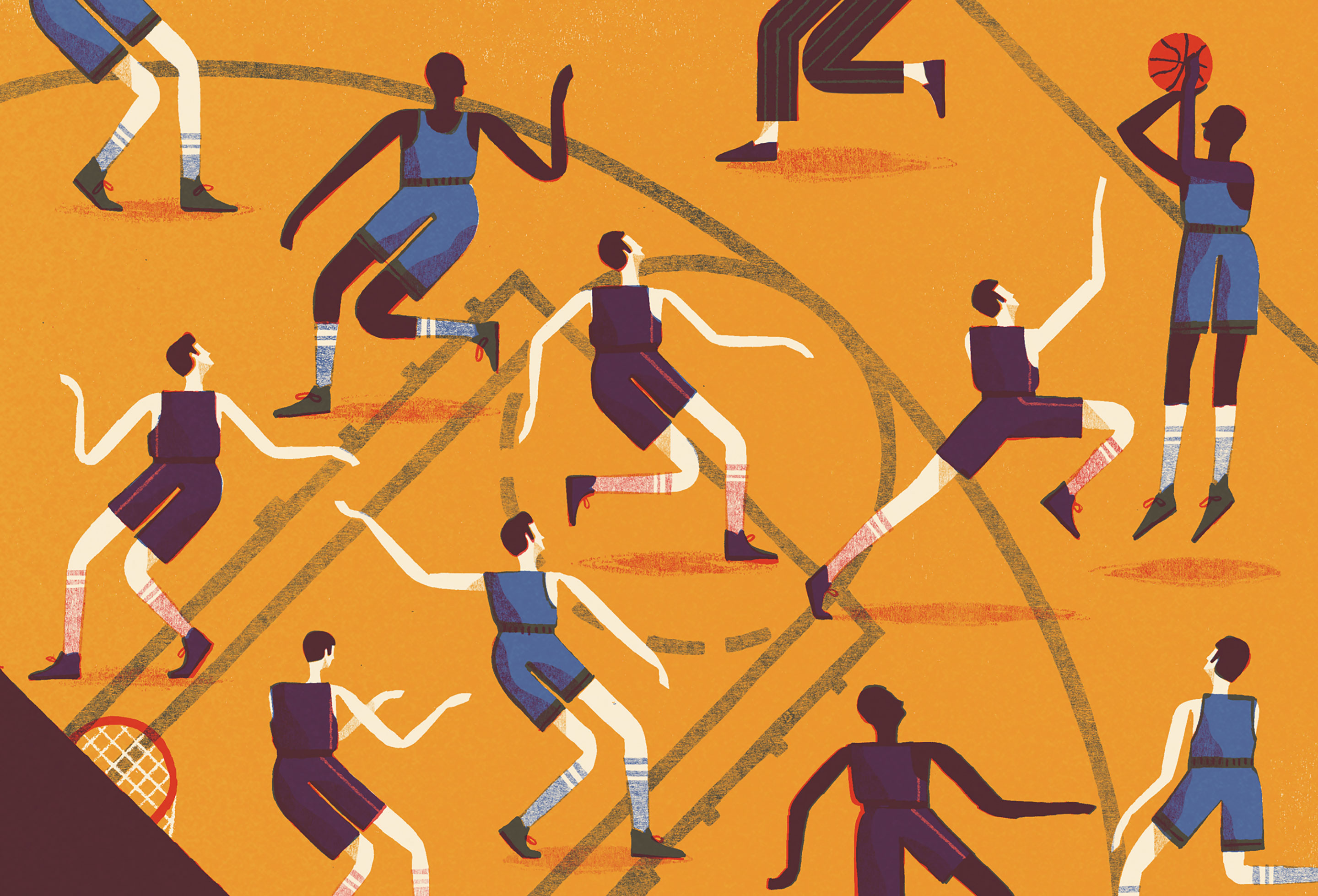
This season the Chinese Basketball Association (CBA) broke international headlines with the acquisitions of Metta World Peace, Andray Blatche and NBA prodigy Emmanuel Mudiay. And with Coney Island legend Stephon Marbury already cemented into the league, you could make a strong statement by saying this year is the biggest year the CBA has ever seen.
Believe it or not, it isn’t. Back in 2011, when the NBA locked out its player for 161 days, NBA players started looking for a quick paycheque. China would open its doors and welcome the likes of J.R. Smith, Kenyon Martin, and Wilson Chandler to the CBA. The lockout continued. In the meantime, NBA stars like Paul Pierce and Chris Paul expressed their own interest in boarding a flight to China to play in the CBA. Pierce and Paul would never step foot on a CBA court, but they created a buzz around it all the same. The CBA stock was at an all-time high.

But with professional basketball leagues operating all over the world, how did China become the NBA’s little brother? To really learn about the CBA you have to go way back to how basketball first bounced over over the Great Wall.
Basketball’s first journey to China dates way back to 1895, about four years after Dr. James Naismith tossed the first jump ball in Springfield, Massachusetts, U.S.A. Christian missionaries and the Young Men’s Christian Association, the YMCA, were the first ones to introduce the game to China. At that time, China’s Qing dynasty was crumbling and the conniving Empress Dowage, Ci Xi, feared losing her grip on the 400 million-strong population. The country’s reformists saw basketball as part of a plan to transform the corrupt and weakened empire into a strong modern nation. Just over a century later, it would become one of the country’s top sports.
In November of 1990, a blue Mercedes Sedan slowly rolled up to the Beijing HQ of China’s Central Television, CCTV. The Mercedes was filled with American business executives, which included one man who was very familiar in the world of basketball. As the Mercedes came to a full stop, out stepped David Stern, the commissioner of the NBA. At the time Stern was 48 years old, and on a mission similar to those Christian missionaries who first made their way through the middle kingdom in 1895. Stern wanted the NBA to take over Chinese basketball.
Brook Larmer, author of the book ‘Operation Yao Ming: The Chinese Sports Empire, America Big Business, and The Making of an NBA Superstar’, notes that one day a Chinese reporter approached Stern and asked him, “Do you think China will one day become the second biggest basketball market in the world, behind the United States?” Stern, who has always been known as a rational thinker replied, “You have 1.2 billion people, 1.2 billion! With that many people, you should become the world’s largest basketball market.” Stern knew the Chinese basketball pie was huge, and he wanted a piece.
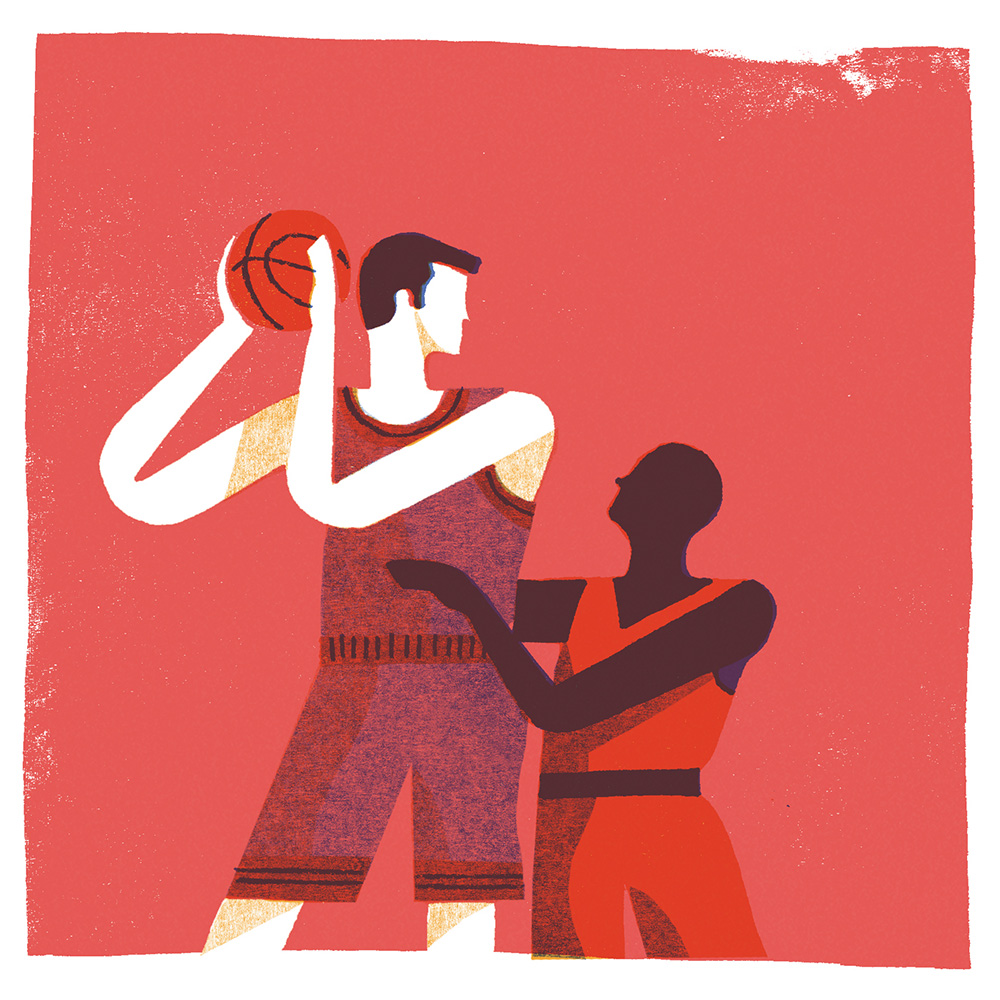
Stern didn’t get exactly what he wanted out of China, but he was satisfied with the settlement. China didn’t want their national league to have anything to do with the NBA – they wanted their own. But the NBA did strike a deal with CCTV to broadcast their games for a very, very low price. Stern practically gave away his product, hoping to draw a Chinese market. His plan would succeed upon the arrival of Yao Ming. China is now the NBA’s biggest market.
So with the NBA’s plan to create a league in China out the window, it was China’s turn at bat. In 1995, the country launched its first professional basketball league, the CBA. At first the league was disorganized, due in large part to immense pressure from CCTV, who wanted to spice up its winter television lineup, and also from leaders of the Chinese Sports Bureau who were determined that the league to debut on the 100th anniversary of basketball’s arrival in China. The league needed sponsors, and it soon found one in Nike.
The relationship between communist China in the form of the CBA and capitalist America masquerading as Nike has always been shaky to say the very least. Nike had only one month to prepare all of the CBA’s shoes and apparel. Terry Rhoads, who was Nike’s representative for the CBA, remembers, “The players had been wearing those tight Tarzan shorts. We decided to bring them up to date.”
When the Chinese players first wore Nike’s loose-fitting Nike jerseys and long, baggy, NBA-style shorts, the Chinese sports director thought they looked like dresses and didn’t approve. But the players loved them, so the uniforms would pass, and just like that, the 12-team CBA was born.
In the early years, the Bayi Rockets dominated the league. You might remember the Bayi Rockets as the team who got into a brawl with the Georgetown Hoyas in 2011 but rest assured the team has a much deeper history than that incident. Bayi, which translates to ‘Eight One’, stands for the first of August, the date when the People’s Liberation Army (PLA) was founded.
The Bayi Rockets are China’s military team. All players must be members of the PLA, and nobody represents Bayi Rockets basketball more than the 36th overall pick of the 1999 NBA Draft, Wang Zhizhi, who was the first Chinese national to be drafted into the NBA. Bayi was China’s first basketball dynasty. They won five straight titles from 1996 to 2001, and in those five years they lost a grand total of 12 games. Wang Zhizhi carried the team on his back. Plus, the PLA received the most funding out of all teams in the league offering players luxurious lives in return for their talents on the hardwood.
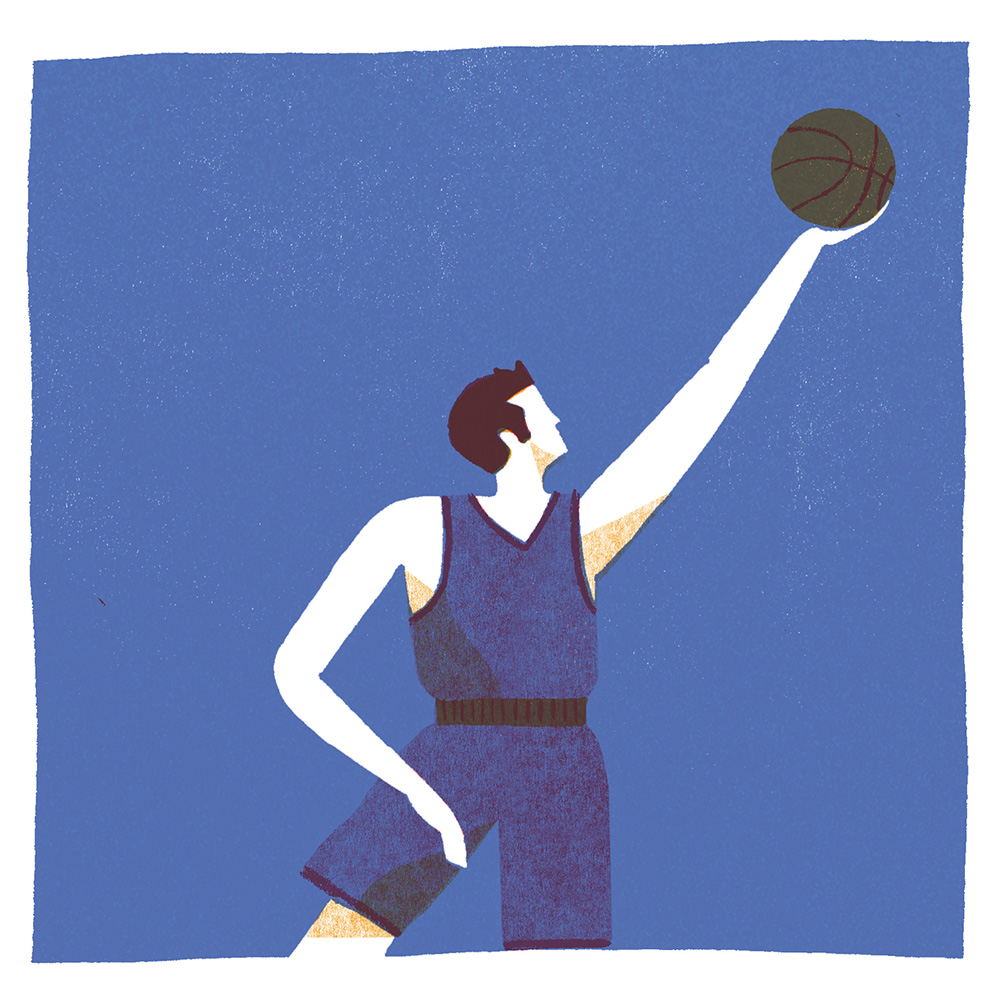
But in 2002 one man, Yao Ming, would put a stop to the Bayi dynasty. Yao and the Shanghai Sharks beat the Wang Zhizhi-less Bayi Rockets, while Wang was in the middle of contract disputes between China and the NBA, in a best-of-five series 3-1. Since then, Bayi has won just two more CBA titles, making the Bayi dynasty firmly a thing of the past. They are notorious CBA bottom feeders and continue to play without foreign players.
That same year, Yao Ming became the first overall pick in the NBA Draft, causing a massive boom for basketball in China. With the top local Chinese players out, the CBA reinvented itself by bringing in high NBA level talents. Enter Bonzi Wells.
The Shanxi Brave Dragons thought they had hit a home-run when they signed the 11th overall pick of the 1998 NBA draft, Bonzi Wells, in 2008. Wells was already known throughout China for his years of playing alongside local hero Yao Ming in Houston, but he quickly recognised that he was not playing in the lone-star state. There’s nothing that can prepare you to go from a luxurious life in the NBA to living in one of China’s biggest coal towns, Taiyuan of Shanxi province, known as one of the most polluted cities in the world. What’s more, Bonzi and flamboyant team owner Boss Wang never saw eye-to-eye. Despite a 48-point, 11-rebound debut performance, Wells disappeared from China when he went home for Christmas that year, and never came back. In 2012, Wells returned to China on a temporary contract and was ejected from his first game.
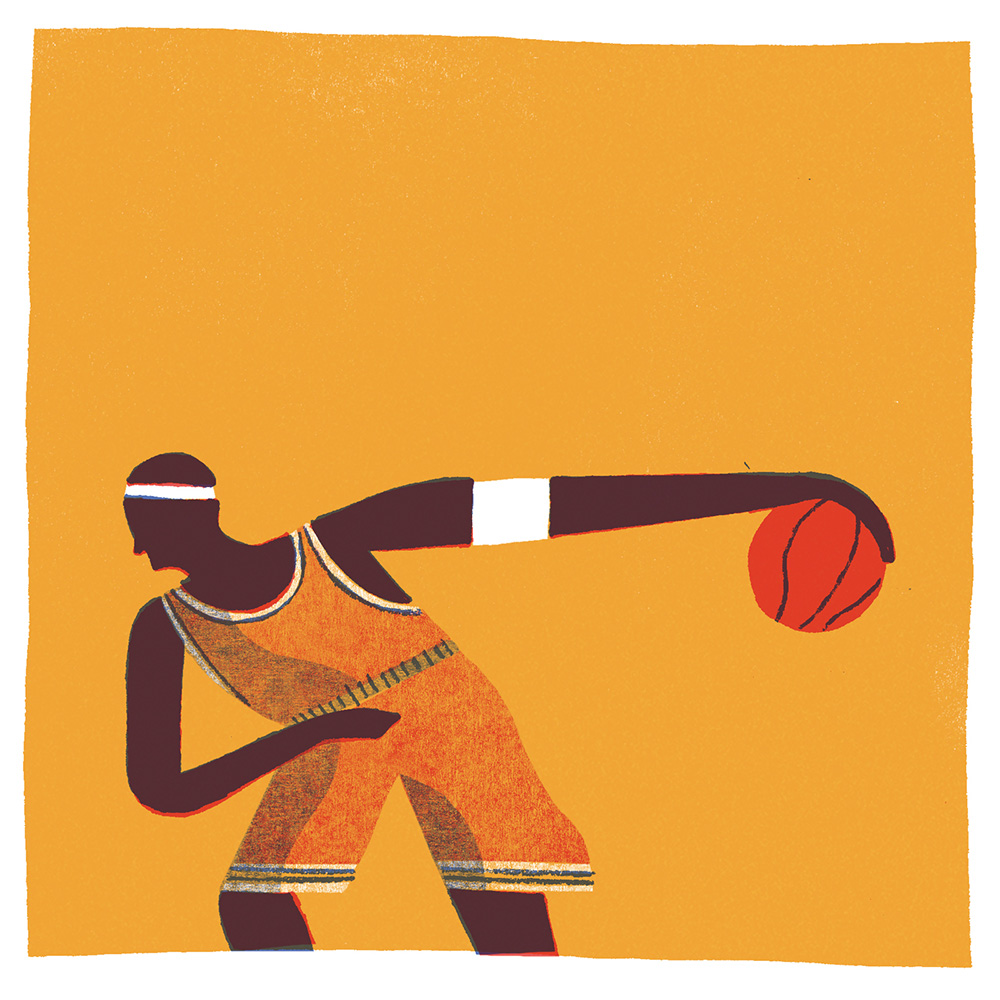
Since the Wells operation some NBA players have been able to find success in China. The obvious poster child is Stephon Marbury. In 2010, the same team that signed Wells in 2008, the Shanxi Brave Dragons, decided to take a shot with Marbury. The project was simple. Marbury wanted to use the CBA to reinvent his bad image he accumulated in America while the CBA wanted to boost its reputation of a not very distinguished league.
The Chinese tale of Marbury started on January 16th, 2010, when he arrived in China mid-season to replace Lee Benson in Shanxi. Marbury was welcomed by China as the first biggest basketball celebrity to play in the CBA. He was greeted at the airport by hundreds of screaming fans. In his first half season, Marbury was named MVP of the all-star game but failed to lead his team to the playoffs. In the off-season, Marbury and the Shanxi Brave Dragons were in contract disputes after both sides couldn’t come to an agreement on Marbury’s ‘Starbury’ business venture. So upon Marbury’s arrival the following season, Shanxi left him off their training roster, stranded in Beijing.
It didn’t take long for the Foshan Long Lions to come calling, but Marbury’s 25 points per game wasn’t enough to lead them to the playoffs. An 8-24 record meant Marbury was out looking for another job. It looked like the same old story for the Coney Island kid who had once been a two-time NBA all-star. While the grass was greener in Foshan, nobody predicted what was to come next.
The biggest city of the biggest country in the world reached out to the biggest star in China and offered him a contract that would put the Marbury/CBA plan back on track. The Beijing Ducks and Stephon Marbury hit it off on the first date. In three year, Marbury and the Ducks won two CBA titles and made international headlines dubbing Marbury the basketball success story of the decade. Today, you can’t spend an hour in Beijing without seeing a Marbury advertisement for Red Bull China, Casio watches, or Chinese footwear producer 361 Degrees. When an NBA talent receives a contract offer from the CBA they immediately call Marbury for hints and tips on what to expect of the CBA.
“I remember being in constant communication with Steph,” says ex-NBA Hawks forward Damien Wilkins. “Before I came to China, Steph was really helpful in making sure I had everything I needed before heading to China. When I got here, I realized he’s like a god out here.”
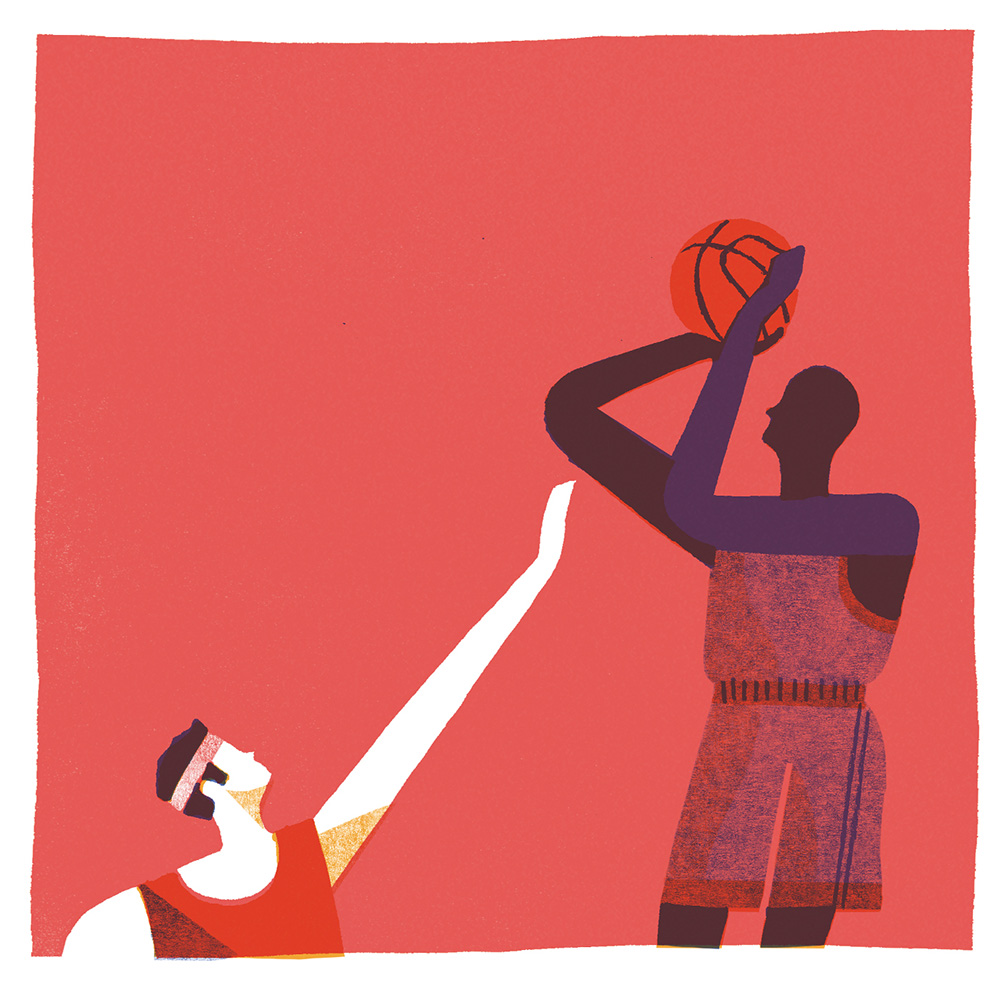
Marbury paved the way for NBA players to give the CBA a shot: players such as Rafer Alston, Steve Francis, James Singleton, Ricky Davis, Mike James, Quincy Douby, Randolph Morris and Josh Boone. Even former NBA scoring champion Tracy McGrady had a one-year stint in Qingdao, though it didn’t go as planned, it was still a success for the CBA’s PR department. The Yao Ming-owned Shanghai Sharks tried Gilbert Arenas, but that didn’t work out either. A lot of ex-NBA stars have signed contracts in China for a quick paycheque, but that trend is starting to die down as the league is becoming more competitive.
This season the CBA has hit a record number of import players being released by teams. Lasting an entire season with a team has become more and more challenging as the demand for instant success rises. The Chinese standard is simple; win, or you’re out. Even with those strict principles, the CBA continues to function due in large part to its growing Chinese audience and corporate investment. Three-time NBA champion Dwyane Wade is currently under a sneaker contract with the same brand that sponsors the CBA, Li-Ning. His contract is rumoured to include a hefty bonus if he chooses to play one-year in the CBA. And with a potential NBA lockout approaching (2017), the CBA will be without a doubt be the first option for NBA players.
To really understand how far the CBA has come one can simply look at the salary figures from 1996 when the league first allowed foreign players to sign with teams until now. In an interview with bleacherreport.com, one of the first foreign player’s in the CBA John Spencer said, “I went from $12,000 a month in my first season to $30,000 in my second. We made (the league) pay us to come back, handsomely. Some of my Chinese teammates were only making $200 per month.”
Now, most foreign players make north of $1 million per season. Even the top Chinese players in the league average about $500,000 per year. The CBA is booming. This year, the league added two more expansion teams to even out the league at 20 teams. Next year, the league will introduce a player’s union that will make for better playing conditions, all in hopes of attracting more big-time names from the NBA. With a record TV viewership of 162 million who tuned in to watch the 2014 CBA finals, only time will tell how big the CBA can get.
Illustrations: David Doran
Words: Nick Bedard